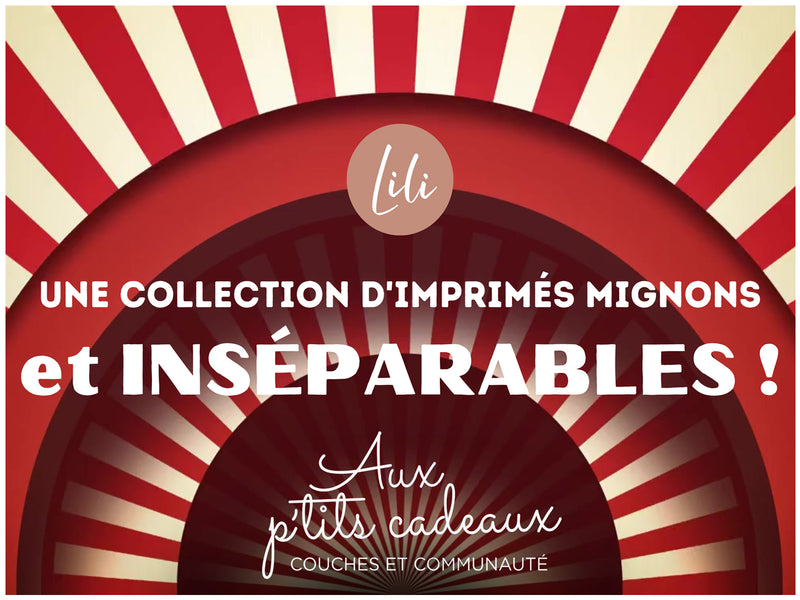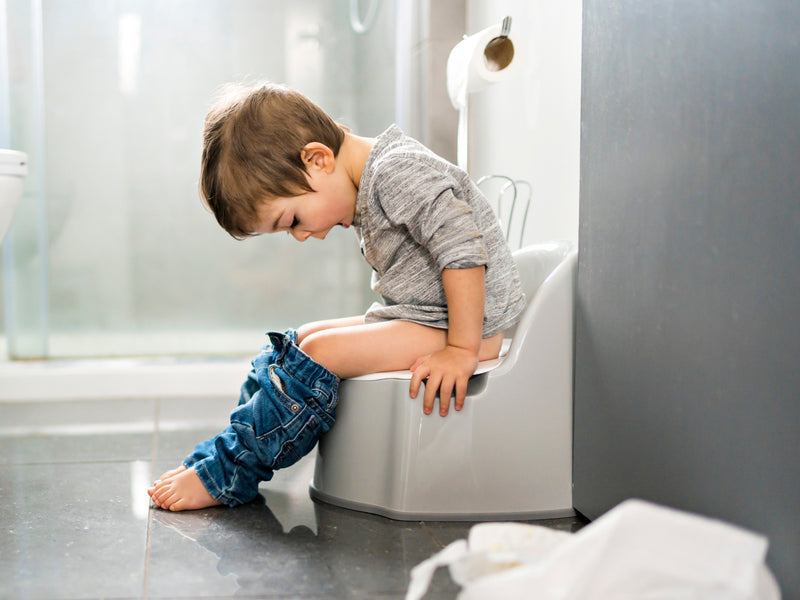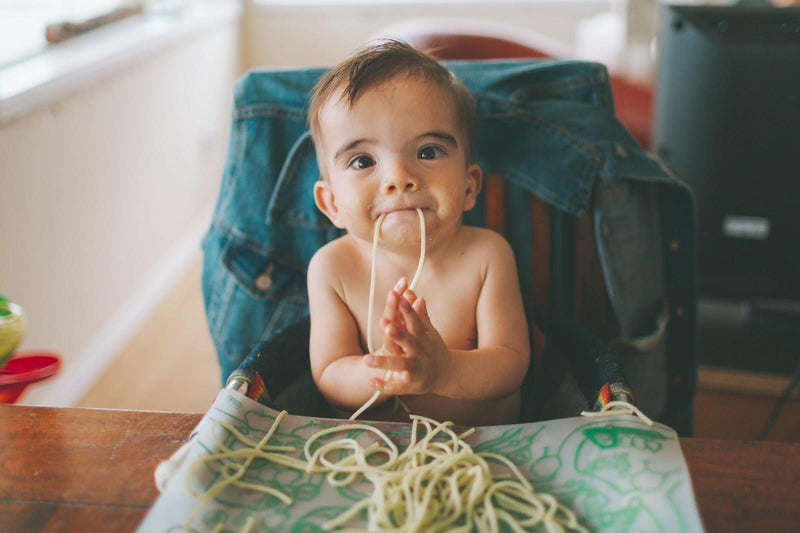
The debate as to whether a pacifier is good for your baby or not is one that has been going on for a very long time. While some parents swear by them and their seemingly magic abilities to stop a baby crying, others cite dependency and health problems as reasons they do not give their children a pacifier.
At the end of the day, the final choice is up to you as a parent, and somewhat up to your baby. Some kids simply do not like them and will not use them. In order to try and make your lives easier, we have collated this handy guide to everything you need to know about pacifiers, so that you can make an informed decision.
What is a pacifier?
A pacifier is usually made of plastic or silicone and is used as a nipple substitute for babies. Babies possess a natural sucking reflex, which is what allows them to take to breastfeeding so quickly. This reflex can also self-soothe babies.
Pacifiers are used when babies are crying in order to give them something to suck on, which in turn prevents them from crying. They are widely sold and used. It is a brilliant tool to calm your baby down as sucking on a pacifier will instantly give the baby something else to focus on other than their tantrum.
Should you give your baby a pacifier?
You decide if you give your baby a pacifier or not. Mothers and fathers have given their kids pacifiers for years and equally others have chosen to abstain from offering them to their kids. There is no right or wrong choice, it is simply about what you feel comfortable with and what you think is right for your baby.
Do pediatricians recommend pacifiers?
Medical experts have given their expert onion on the matter. Most pediatricians would recommend the use of pacifiers for babies over a month old, particularly just before they go to sleep.
There are a few different reasons for this. In addition to making your baby's life more comfortable and calming, it can also help prevent against sudden infant death syndrome, which is a fear amongst many parents. Although there are some expectations and some babies who will not necessarily benefit from a pacifier, on the whole, the recommendation from the medical experts and pediatricians is that pacifiers are a good option.
When should you introduce a pacifier to your baby?
The best time to introduce a pacifier to your baby is after they are a month old. By this time, they will have gotten a hang of breastfeeding and you will have established a regular nursing schedule. Once they are on this schedule, you can start to introduce the pacifier.
It is a good idea to wait until your baby has gotten used to breastfeeding as a pacifier mimics a nipple, meaning it will be easier for them to get a hold of using the pacifier once they have learned how to best latch on when breastfeeding.
Just as there is a right time to introduce a pacifier there is also a right time to take it away. The pacifier age limit is usually set at anywhere between two and four years old, depending on the needs of your child. It is not recommended to allow your child to continue using it after 4 years old as it becomes a dependency item that they might not be able to detach from as they get older.
Pacifier Pros
Some benefits of pacifiers are:
Soothes your baby
Reduces thumb sucking
Eases discomfort
1. Soothes your baby
The most obvious benefit to using a pacifier is the fact that in most cases it will instantly soothe your baby. Pacifiers are a godsend when your baby has been non-stop crying or decides to have a tantrum in a public place. Passing them a pacifier has a calming effect as they become preoccupied with it and it stops their crying.
It is also a great distraction in times that may be distressing to your baby. For example, if they have shots they need to have, distracting them with the pacifier can help soothe them in an otherwise stressful situation.
2. Reduces thumb sucking
Sucking is a natural instinct for babies. If you do not provide them with an alternative, they will likely find their own means of self-soothing, that is why baby sucking their thumb is common. A pacifier is a favorable option over thumb sucking as you can remove a pacifier when you think your baby should stop using it, which is not so easy with a thumb.
3. Ease discomfort
Giving a baby a pacifier at certain times, when travelling or when they are teething might also help to ease the discomfort they are feeling. On flights especially, babies are unable to pop their ears. This means that a pacifier can help distract from the discomfort they are feeling. This is also the case when babies are teething and it provides them something to chew on.
Pacifier Cons
Disadvantages of pacifiers include:
May cause breastfeeding problems
Source of bacteria
Dependency
Just as there are plenty of pros to using a pacifier, there are also a few cons that stop parents from giving their babies pacifiers. Below are some of these cons that you might want to consider when making your decision.
1. Breastfeeding problems
Occasionally, when babies are reliant on their pacifiers, or when pacifiers are introduced too early, it can cause breastfeeding problems and nipple confusion. Although pacifiers are designed to mimic a nipple, they are not the same thing, and if a baby gets too reliant on the fake pacifier nipple, they often find it difficult adjusting to the real nipple and cannot latch on.
Moreover, if you rely too heavily on the pacifier throughout the day, it might decrease the amount that a baby actually wants to feed as they are preoccupied with their baseless non-nutrition sucking.
2. Dirty
Pacifiers are hotbeds for germs. Not only because they are in your baby's mouth all day, but because they often fall out of the baby's mouth and onto the floor. Parents are not always in a situation where they have a spare pacifier or have something to disinfect them. This forces parents to give their child germ covered pacifiers which go right back into the baby mouth.
3. They become reliant on them
When a baby is completely reliant on a pacifier, all other disciplinary methods go out the window. Although this is not necessarily a huge problem when they are newborns, as they get to over a year old and you want to start to teach them rules and discipline, it can be difficult to do if they are reliant on the pacifier.
Pacifiers and Breastfeeding
Babies often get confused with the fake nipple of pacifiers and the real nipple of their mother. This is called nipple confusion. This makes it difficult for the baby to latch on when breastfeeding since they have gotten used to the plastic nipple.
However, this is less of a problem if you first give yourself around a month to establish a routine feeding schedule. That way, your baby becomes accustomed to your nipple first and does not conflate the two.
Types of pacifiers
The different types of pacifiers are:
Open shield pacifiers
Collapsible pacifiers
Teething pacifiers
If you decide to give your baby a pacifier, do you know what type of pacifier you will give them? Below are some of the most common and popular types of pacifiers.
Open Shield pacifiers
Open shield pacifiers are pacifiers that have a shield that is mostly open, as opposed to the traditional closed ones. The shield is the part of the pacifier surrounding the silicone that prevents the whole thing going into the baby's mouth. These types of pacifiers are more popular with newborns as they do not cover their whole face.
Collapsible pacifiers
Collapsible pacifiers are great alternatives if you are worried about germs as they fold into themselves even if they are dropped on the ground. This prevents the pacifier from being covered in dirt and bacteria.
Teething pacifiers
A teething pacifier is a specific type of pacifier that, as the name suggests, is used only for teething babies. These are usually slightly harder and consist of lots of little bumps to add texture to the pacifier for the baby to rub their teeth on. Many of these pacifiers can also be frozen, which adds additional soothing benefits to teething pacifiers.
Find the right pacifier for your baby
Safety tips
Although pacifiers help out new parents a lot, there are also some safety tips that you should observe to ensure your baby is using it in the right way, and to prevent any possible issues with the use of a pacifier.
Firstly, you should ensure that the pacifiers you are purchasing are of high quality and have solid and secure parts. Poorly made pacifiers are often flimsy and you run the risk of having key elements fall off, which could result in your baby choking. In order to ensure your pacifiers are of the best quality, only shop at reputable places, such as at Aux p’tits cadeaux.
Moreover, you should be aware that over time, your pacifiers are going to deteriorate in quality, so it is important to constantly throw them out and get new ones. Using one pacifier for an extended period of time will likely lead to problems as they become worn down and dangerous for your baby.
Best Cloth Diaper Store in Quebec




